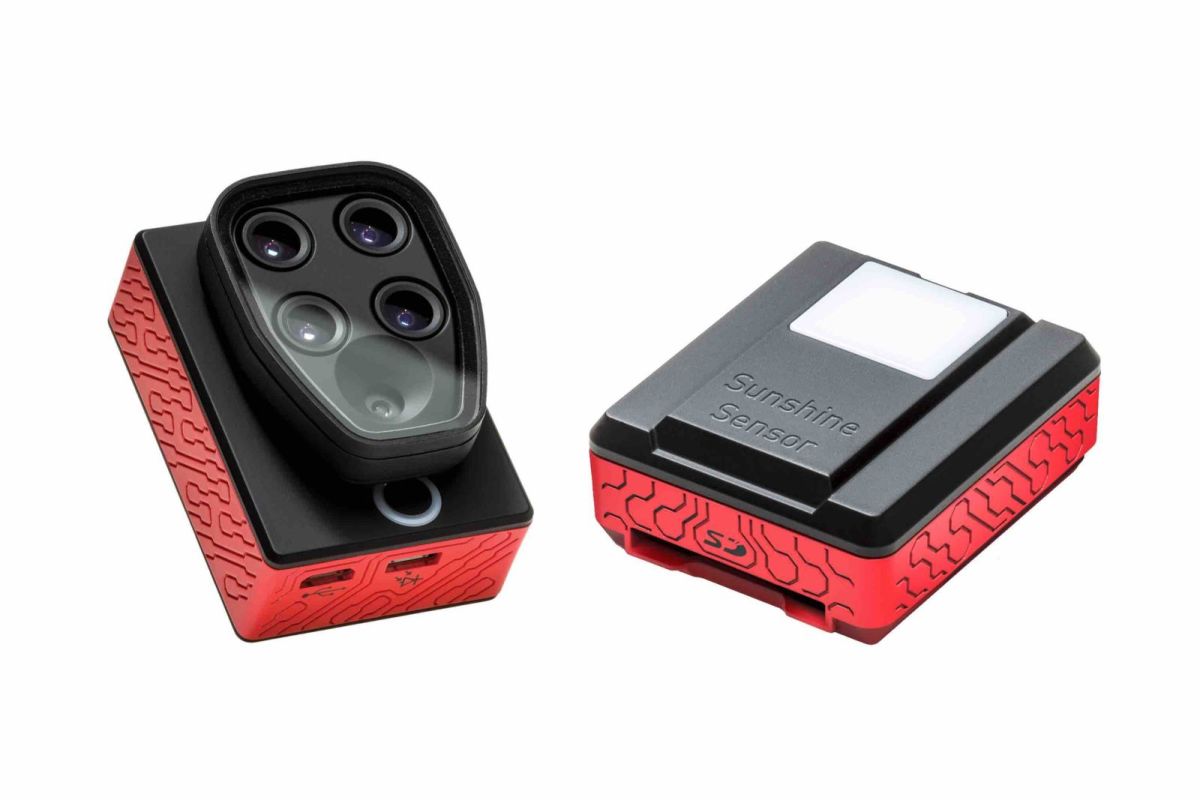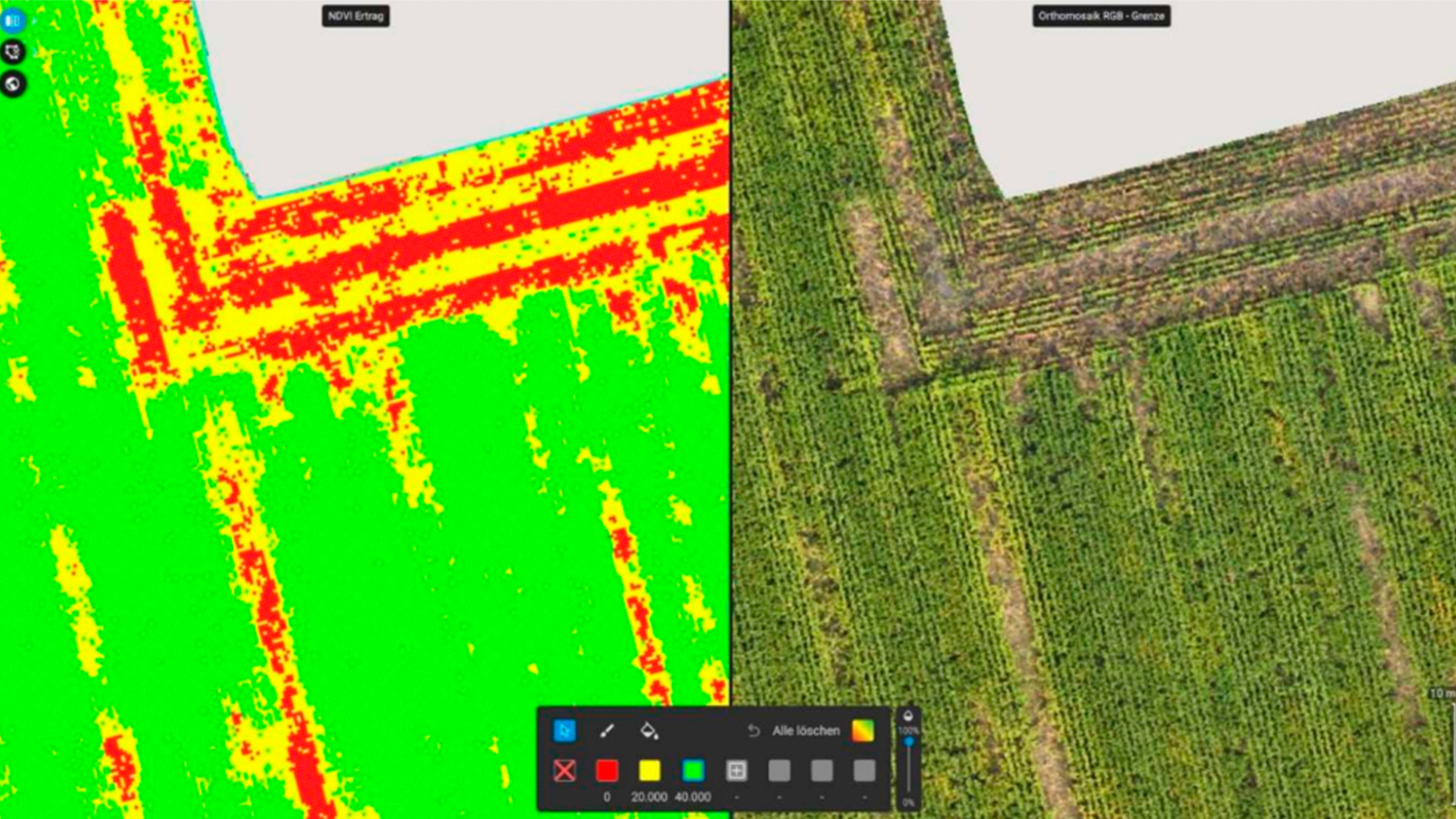Parrot Sequoia+ & Pix4D: better workflow and results
Thanks to Pix4D’s radiometric processing pipeline, Parrot Sequoia+ allows for a more consistent evaluation of collected data and improves the user experience by removing the need for a reflectance target.
The full radiometric calibration is automatic when processing the data using Pix4D software (Pix4Dfields and Pix4Dmapper). This automatic calibration saves operational time and enables in-depth precision on reflectance measurements.
To verify this claim, Pix4D proceeded with multiple experiments, the results of which will soon be published in a Pix4D peer reviewed article.
A sneak peek of the upcoming peer-reviewed article can be seen in the following table where the team is showing the average reflectance (%) difference between the measurement obtained with Pix4D and Sequoia+ mounted on a senseFly eBee, and the ground truth as measured with a spectro-radiometer.
| Green | Red | Red edge | Near-Infrared | ||
| Average reflectance difference (%) | 1.5% | 1.2% | 1.9% | 4.8% |
This processing pipeline will be available with the latest version of the Pix4D software. Please note that you need to have the Sequoia+ and that it needs to be updated to the latest Parrot Sequoia+ firmware version, expected by the end of April, 2018.
To summarize, the main takeaways of why to use the new Parrot Sequoia+ with Pix4D are:
- Improved user experience thanks to removing the reflectance target need
- More precise absolute reflectance measurements
- New generation of multispectral sensor dedicated to agriculture industry



